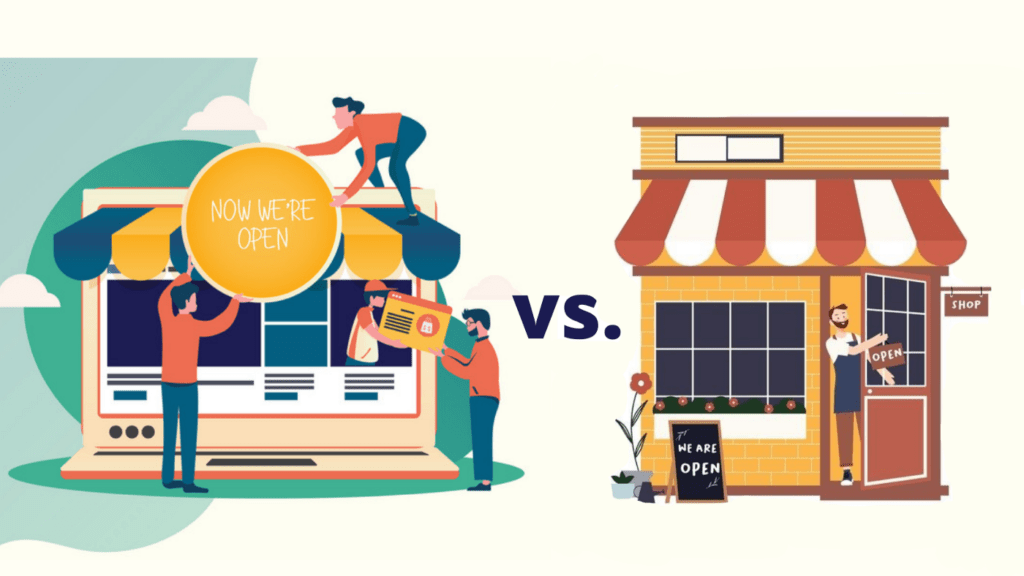The rise of e-commerce
The rise of e-commerce and its effects on traditional brick-and-mortar businesses
The rise of e-commerce has had a significant impact on traditional brick-and-mortar businesses. E-commerce, or online shopping, has become increasingly popular in recent years due to advances in technology, changes in consumer behavior, and the convenience it offers.
In this essay, we will explore the effects of e-commerce on traditional brick-and-mortar businesses, including the challenges they face and the opportunities for adaptation.

One of the most significant effects of e-commerce on traditional brick-and-mortar businesses is increased competition. Online retailers have the ability to reach a much larger audience than traditional retailers, and they often offer lower prices due to lower overhead costs.
This has put pressure on traditional retailers to lower their prices in order to remain competitive, which can be difficult due to their higher operating costs.
Another effect of e-commerce on brick-and-mortar businesses is the shift in consumer behavior. More consumers prefer online shopping for its convenience, allowing shopping at any time from anywhere.
The decline in foot traffic to traditional stores negatively impacts their sales and revenue.
E-commerce has also changed the way consumers shop. Online retailers offer a wide range of products with detailed descriptions and reviews, accessible from anywhere with an internet connection.
This eases consumer price and product comparisons, raising expectations for convenience, selection, and value.
Traditional retailers must adapt to these changes in order to remain competitive. One way they can do this is by embracing e-commerce themselves.
Many traditional retailers established online stores to complement their physical stores. Offering customers the convenience of online shopping alongside the personal touch and in-store experience they are known for.
Another way traditional retailers can adapt to the rise of e-commerce is by creating a seamless omnichannel experience. This means integrating their online and physical stores so that customers can easily move between them.
Customers can order online and pick up in-store or try on clothes in-store and order online. This provides customers with the best of both worlds and can help to increase sales and customer loyalty.
Traditional retailers can also differentiate themselves from online retailers by providing excellent customer service and creating a memorable in-store experience. This can include personalized service, unique products, and a comfortable and inviting atmosphere.
Providing a positive and memorable experience helps traditional retailers build a loyal customer base that values their personal touch.
The rise of e-commerce poses challenges for brick-and-mortar businesses but also offers growth opportunities.
Embracing e-commerce and creating seamless omnichannel experiences helps traditional retailers stay competitive and meet changing customer needs.
Failing to adapt risks losing customers to online retailers, but those providing a unique and personalized experience to succeed.
Conclusion
The rise of e-commerce has had a significant impact on traditional brick-and-mortar businesses. Increased competition, changing consumer behavior, and the convenience of online shopping contributed to declining foot traffic in traditional stores.
Traditional retailers can adapt by embracing e-commerce. Offering a seamless omnichannel experience, and providing excellent customer service and in-store experiences. By doing so, they can remain competitive and thrive in a changing retail landscape. 온라인카지노
